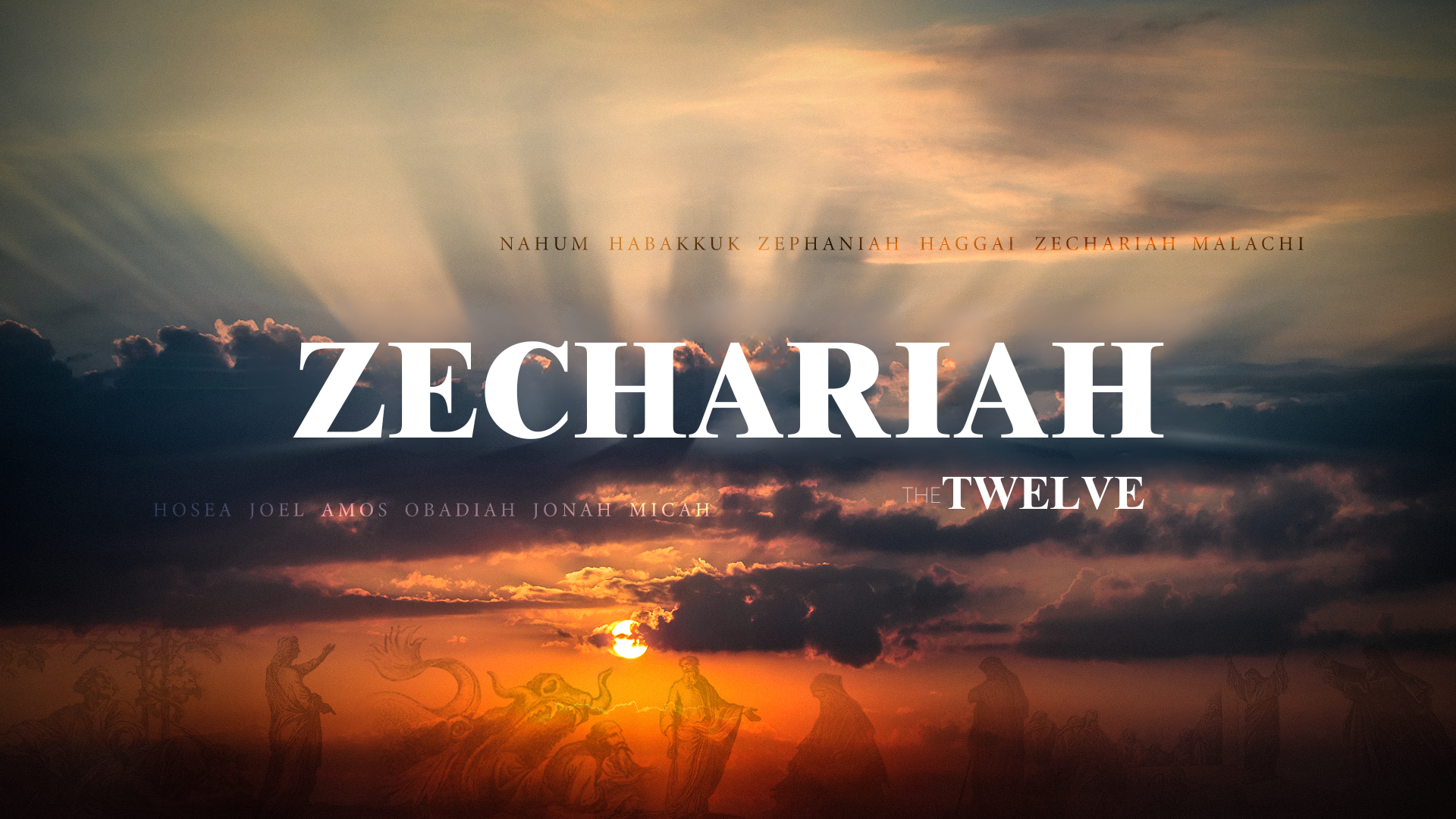Zechariah | God's plans for restoration and redemption
Zechariah Overview
The Book of Zechariah is one of the most richly symbolic and messianic books in the Old Testament. It combines apocalyptic imagery, prophetic encouragement, and vivid visions to call God’s people to renewed faithfulness and to reveal His plans for their restoration and ultimate redemption. Zechariah, a post-exilic prophet and contemporary of Haggai, ministered to the Jewish people who had returned to Jerusalem from Babylonian exile. His prophecy spans fourteen chapters and speaks not only to his own time but also to future events, including the coming of the Messiah and God’s final victory.
Historical Context
Zechariah began prophesying in 520 B.C., shortly after the Jews had returned to their homeland and were struggling to rebuild their lives—and the temple—in Jerusalem. The initial excitement of returning from exile had faded, and the people were discouraged by opposition, economic hardship, and the slow progress of reconstruction.
While Haggai’s message focused on rebuilding the temple, Zechariah’s prophecy looks both inward and forward. He calls the people to spiritual renewal and faith in God’s promises. His name, which means “The Lord remembers,” reflects the core message: God has not forgotten His covenant or His people.
Structure and Summary
The Book of Zechariah is generally divided into two main parts:
- Chapters 1–8 – A series of night visions and encouragements during the temple rebuilding.
- Chapters 9–14 – Prophetic oracles that look ahead to the coming Messiah, future judgment, and the establishment of God’s kingdom.
Chapters 1–8: Visions and Restoration
Zechariah opens with a call to repentance: “Return to me, and I will return to you” (1:3). This sets the tone for the first half of the book, which includes eight night visions that reveal God's sovereignty, His plans to restore Jerusalem, and His judgment on surrounding nations. These symbolic visions include:
- A man among the myrtle trees – Showing God's awareness of the nations and His concern for Jerusalem.
- Four horns and four craftsmen – Representing the powers that scattered Judah and those who will defeat them.
- A man with a measuring line – Symbolizing God’s plan to rebuild and expand Jerusalem.
- Cleansing of Joshua the high priest – Depicting God’s forgiveness and the removal of sin.
- The golden lampstand and two olive trees – Symbolizing God’s Spirit empowering His leaders (Zerubbabel and Joshua).
- A flying scroll – Representing God’s judgment against lawbreakers.
- A woman in a basket (Wickedness) – Showing the removal of sin from the land.
- Four chariots – Signifying God’s control over the nations and His active judgment.
These visions, while complex, emphasize that God is restoring His people, that His presence is with them, and that His purposes will be fulfilled—not by human strength but by His Spirit (Zechariah 4:6).
Zechariah also encourages the people with messages about the rebuilding of the temple, the return of prosperity, and God's favor returning to Zion. He addresses questions about fasting, turning them into lessons about sincere worship, justice, and compassion.
Chapters 9–14: The Coming King and Future Glory
The second half of Zechariah shifts to a more prophetic and apocalyptic tone. These chapters contain some of the most significant messianic prophecies in the Old Testament, many of which were fulfilled in the life of Jesus Christ.
- Chapter 9 includes the prophecy of the King coming to Jerusalem “righteous and having salvation, gentle and riding on a donkey” (9:9)—fulfilled in Jesus’ triumphal entry (Matthew 21).
- Chapter 11 portrays the rejection of the true shepherd and the betrayal for “thirty pieces of silver.”
- Chapters 12–14 focus on Jerusalem as the center of God’s future work, a time of national repentance, and the final battle between God and the forces of evil.
Chapter 12 describes God pouring out a spirit of grace and supplication, where the people will “look on me, the one they have pierced” and mourn—foreshadowing Christ’s crucifixion. Chapter 13 continues with themes of cleansing and refining, while chapter 14 paints a dramatic picture of the “Day of the Lord” when God will intervene in human history, defeat His enemies, and establish His reign.
Key Themes
- God’s Sovereignty and Faithfulness – Despite appearances, God is in control of history and remains faithful to His promises.
- Spiritual Renewal – True restoration requires more than rebuilding the temple—it requires hearts that return to God.
- Messianic Hope – Zechariah points to a coming King and Shepherd who will bring salvation and peace.
- The Power of God’s Spirit – God's plans are accomplished “not by might, nor by power, but by my Spirit” (4:6).
- The Day of the Lord – A future time when God will judge the nations, purify His people, and establish His eternal kingdom.
Conclusion
The Book of Zechariah offers a profound and hopeful vision for God’s people—both in the prophet’s time and for all generations. It calls believers to repentance, encourages perseverance in the face of discouragement, and directs attention to the coming of the Messiah and the ultimate triumph of God’s kingdom. Rich in symbolism and prophecy, Zechariah reminds us that God remembers His promises, reigns over all nations, and will one day dwell with His people in glory.


